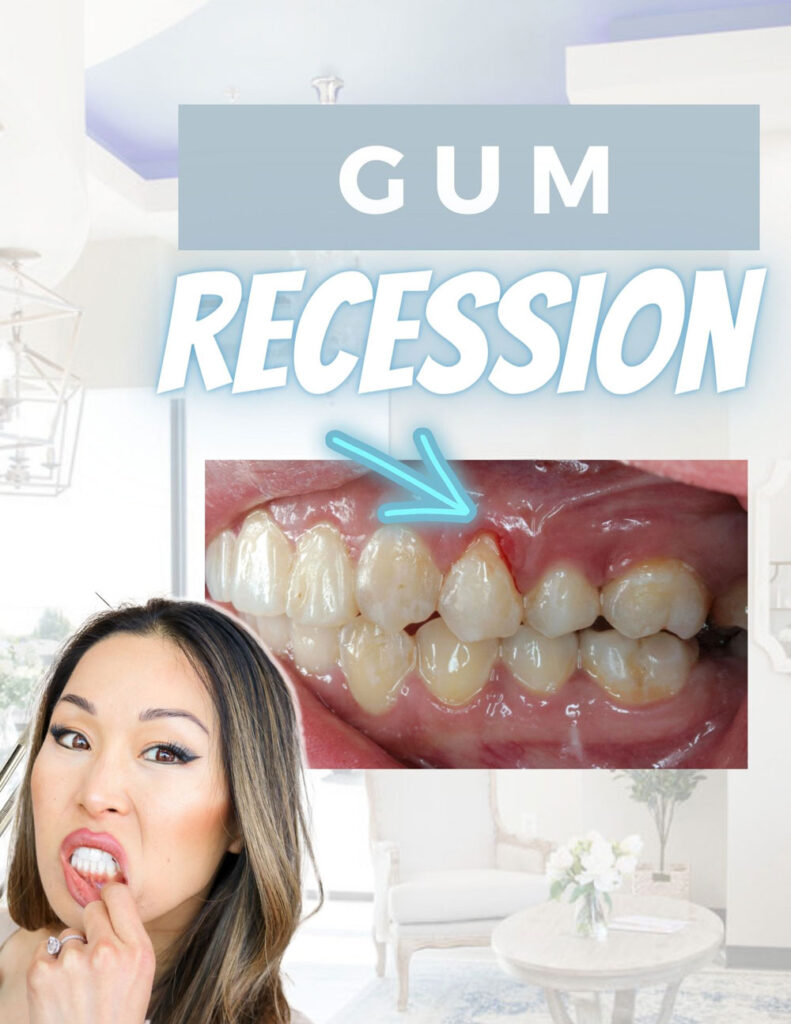
How To Find the Right Dentist
Finding a great dentist is much like finding a trusted doctor or contractor. Once you find someone you like, you want to stay with them

Finding a great dentist is much like finding a trusted doctor or contractor. Once you find someone you like, you want to stay with them

Hey everyone, it’s Dr. Nate here at Thrive Dental and Orthodontics with my lovely wife, Dr. Christine, who is also a dentist. And we’re going

Everyone knows that brushing your teeth is extremely important for good dental health. But brushing the correct way is key. Choosing the right toothbrush will

“What’s the best toothpaste?” This is the number one question patients ask me. Unfortunately, conventional toothpastes contain toxic ingredients that are harmful to our health.

How to choose the best dental insurance When shopping for dental insurance, it can be tough to determine which is best for you. If you’re

by Dr. Christine Coughlin Am I born with bad teeth? “I just have bad teeth… my mother had bad teeth… my mother’s mother had bad

If you haven’t heard of Hydroxyapatite (HAp) toothpaste yet, listen up! For dental health and overall wellness, I always recommend using clean, non-toxic products over

by Dr. Christine Coughlin DDS Do you ever clench your teeth when you’re stressed? I do! Do you sometimes use your teeth to open

Finding the best dentist for your family can be one of the most nerve-racking decisions in life. You want to find someone you can truly

Does this sound like you? Going to the dentist has been on your to-do list for ages, but the thought of going makes you feel…uneasy.
Subscribe to receive the latest promotions and news.
Thrive Dental and Orthodontics | Legal Notices